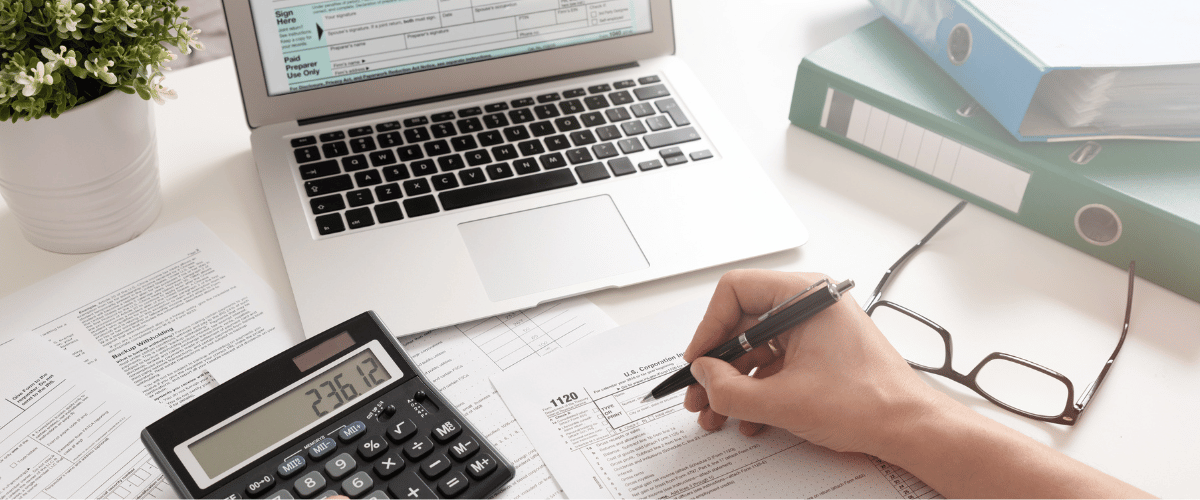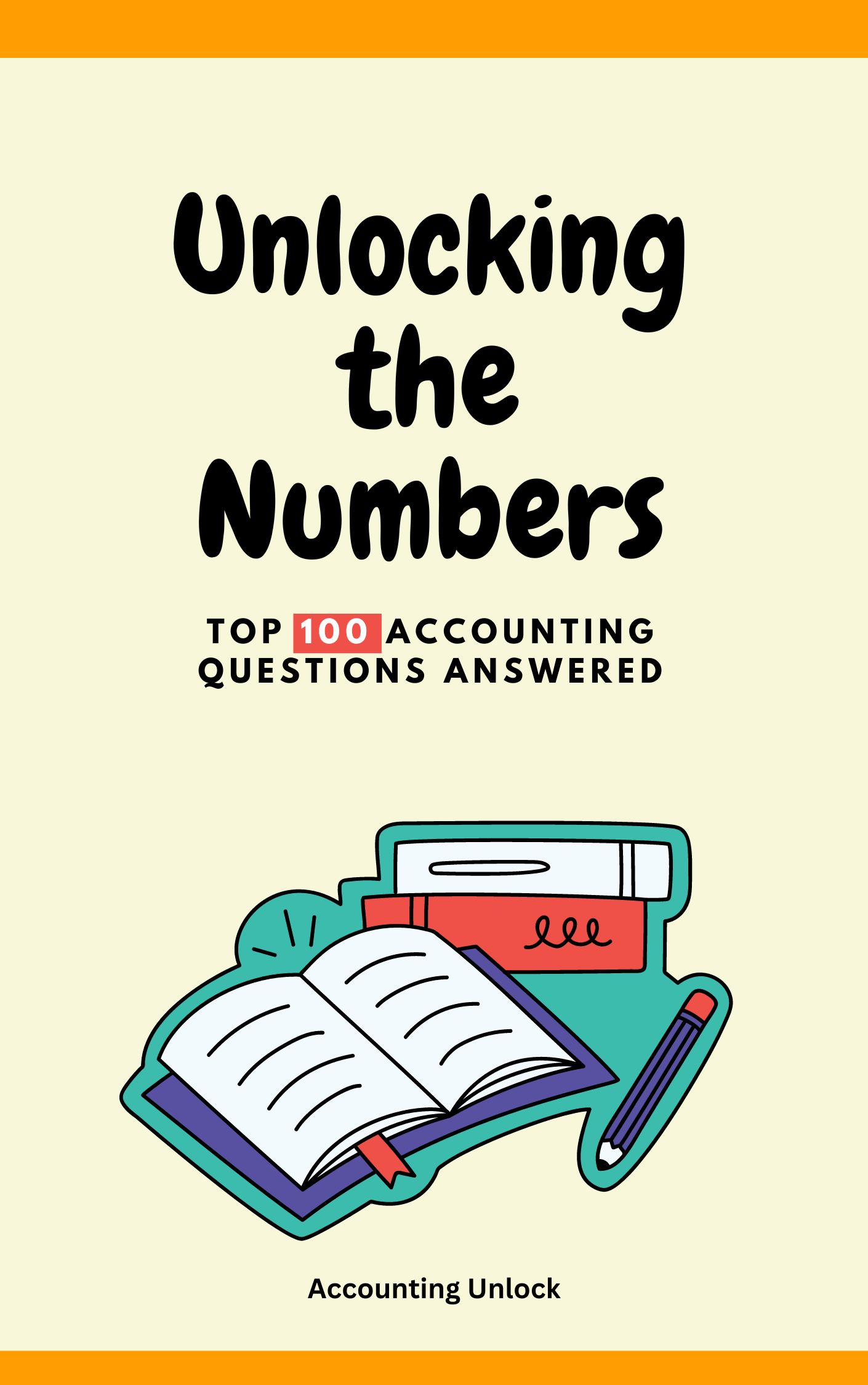Hey there, financial detectives! Ever heard of “bad debts recovered” and felt like you stumbled into a financial ghost story? Don’t worry, it’s not some lost treasure cursed to vanish forever! Think of it like finding a forgotten piggy bank full of money you thought you’d lost – a surprise financial win when those lemonade debtors you wrote off actually cough up the cash!
Imagine you run a bustling bakery with the most gooey chocolate chip cookies in town. You offer credit to your friend, promising they can pay later for that extra-large batch of sweet, melty goodness. But just like a cookie crumb falling off, your friend disappears, leaving you with an empty wallet and a financial “ouch.” You write off the lost money as bad debt, assuming it’s gone for good.
But then, a miracle! Your friend reappears, sheepishly apologizing, and hands you the missing cookie cash! Woohoo! That, my friends, is a bad debt recovered – the ghost of lost money returning to haunt your piggy bank in the best way possible.
Here’s how it works:
- Ouch, bad debt: You write off the money as lost, accepting the financial bite like a missing cookie from your tray.
- Surprise comeback: Your friend (or any debtor) unexpectedly pays you back, like finding that forgotten piggy bank hidden under the couch.
- Financial magic: You reverse the bad debt write-off, recording the recovered money as income, like magically reappearing cookies in your bakery window!
Bad debts recovered aren’t just for bakeries, they happen to businesses of all sizes, from corner stores to banks.
Real-world example:
Think of a clothing store that offers credit to customers. Some might not pay their bills, creating bad debt for the store. But if some of those customers later settle their debts, the store can recover the bad debts, giving their financial statements a boost, just like your bakery celebrates with a bonus batch of cookies!
Accounting treatment:
When a bad debt is recovered, the business debits the “allowance for doubtful accounts” and credits the “accounts receivable” account. This means the previously set-aside money for potential losses is released, and the customer’s debt is restored to the company’s records. This keeps your financial records accurate and reflects the true picture of your business’s income.
Key points about bad debts recovered:
- Money from previously written-off bad debts that is unexpectedly repaid.
- Recorded as income in the accounting records.
- Helps correct for losses previously estimated and maintain accurate financial statements.
Remember, bad debts recovered are like financial lucky charms, reminding us that even lost money can sometimes find its way back.





